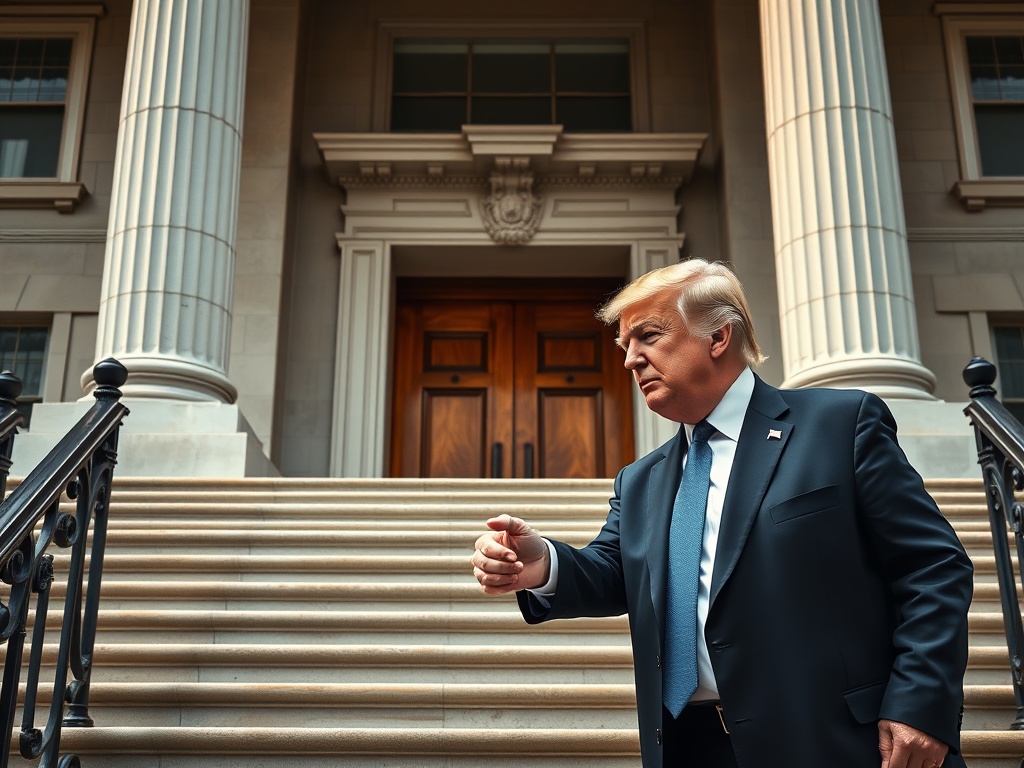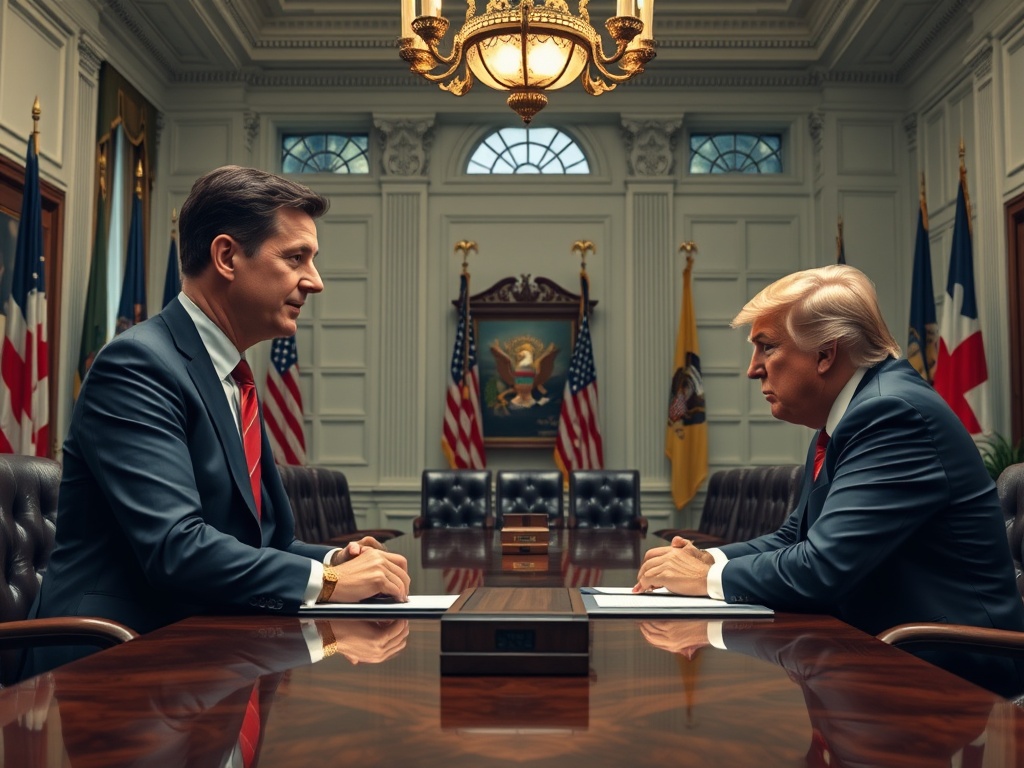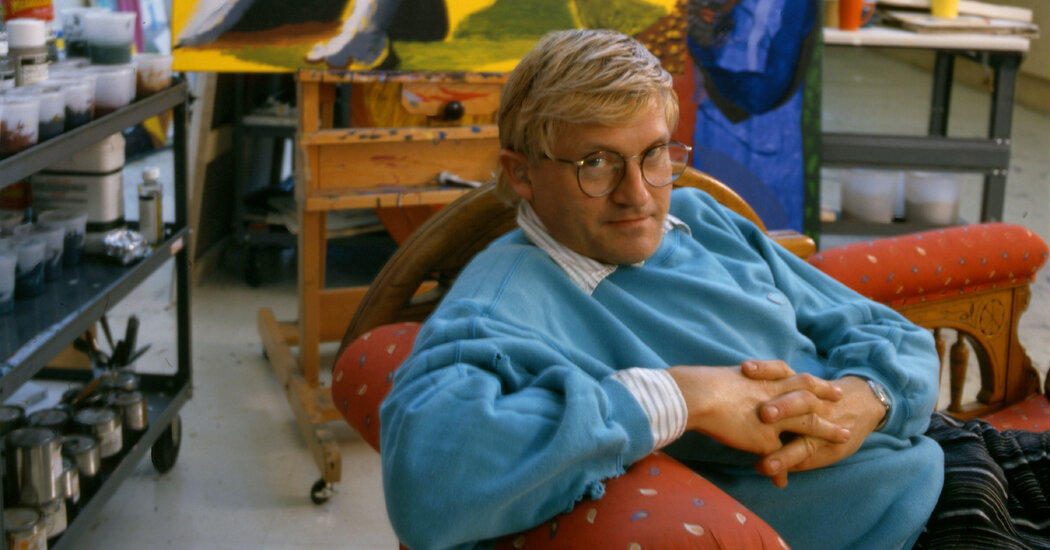Sir Keir Starmer’s Diplomatic Challenge in Washington
Sir Keir Starmer is set to face one of the most significant tests of his diplomatic acumen during his upcoming trip to Washington this week. His advisers are undoubtedly engaged in extensive preparations, strategizing on how to navigate discussions with Donald Trump, a leader known for his unpredictability and often combative nature. Missteps in this encounter could jeopardize not only the UK’s economy but also the Special Relationship and potentially the stability of Western Europe.
So, how can Starmer effectively engage with a leader who has altered the Western narrative on Ukraine and is rumored to be considering imposing trade tariffs of up to 24 percent on the UK?
Kevin Carroll, a former CIA officer who served as a senior member of Trump’s Homeland Security team for two years during his first term, expresses hope that Starmer can orchestrate a diplomatic miracle. Despite his reservations about Trump, having left the administration in December 2018 alongside his superior John Kelly, who has labeled Trump a “fascist,” Carroll offers valuable insights into engaging the former president.
Beware of Bearing Poor Gifts
When it comes to diplomacy, the exchange of gifts often carries little weight, but with Trump, Carroll emphasizes that “the gifts can matter.” He recalls Japanese Prime Minister Shinzo Abe’s presentation of a gold-plated golf club worth $3,775 shortly after Trump’s election, a gesture that reportedly swayed Trump against imposing trade tariffs on Japan. However, Trump later admitted he had lost the club and had never used it, suggesting that its gold plating might have merely been paint.
Carroll notes that Saudi Arabia invested heavily in gifts during Trump’s presidency, bestowing a total of 82 items over four years, including three luxurious robes that were later revealed to be fakes. He humorously suggests that the UK could offer to lend America the Crown Jewels, but adds, “You wouldn’t get them back.” Instead, he posits that what would truly impress Trump would be a tax break for his Scottish golf courses, Turnberry and Trump International Scotland, which have benefited from significant government relief in the past.
“Starmer is the last guy in the world who would be comfortable with something like that,” Carroll speculates, suggesting that whatever gift Starmer brings, he must ensure it resonates with Trump. He reflects on the recent gift of a chainsaw from the Argentinian president to Elon Musk, underscoring the importance of making an impression.
Past UK Gifts to Trump
- Theresa May gifted Trump an engraved quaich during her 2017 White House visit, a traditional Scottish bowl symbolizing friendship.
- Boris Johnson reportedly sent Trump a box of 30 plastic toy soldiers modeled after 18th-century British infantry red coats for the 4th of July celebrations in 2019.
- During his state visit in 2019, Queen Elizabeth II presented Trump with a 1959 edition of Winston Churchill’s book The Second World War and a set of three bespoke Parker pens.
- May also gifted Trump a reproduction of the Atlantic Charter, which had historical significance as it was agreed upon by the US and UK in 1941.
- Starmer may prefer to forget the two signed baseball caps he received from Trump last year, which he chose not to keep due to UK regulations on gift retention.
While Japan’s late Prime Minister Shinzo Abe opted for a golden golf club, the UK has leaned towards historically significant gifts, such as the reproduction of the Atlantic Charter.
Flattery Will Get You Everywhere
Once the gifts have been exchanged, Carroll advises that Trump is particularly receptive to flattery. He notes Trump’s pride in his Scottish heritage and fascination with royalty, suggesting that Britain’s soft power can be influential. However, he warns that there may be a personality clash, as Starmer’s bureaucratic demeanor contrasts sharply with Trump’s more flamboyant style.
With Trump having previously criticized Starmer for his perceived inaction regarding the Ukraine conflict, Carroll suggests that leveraging the Royal Family could be beneficial. Although Trump recently met Prince William and expressed a positive rapport, he won’t be joining this trip. However, a signed letter of goodwill from a royal could enhance Starmer’s standing with Trump.
Carroll emphasizes the importance of establishing fundamental truths without appearing patronizing. He recalls an infamous Pentagon briefing where Trump was reportedly angered by attempts to educate him on foreign affairs, leading to a breakdown in communication.
Nevertheless, Carroll believes Starmer can navigate these complexities by emphasizing the deep historical ties between the US and UK. “He can highlight that we’ve stood together in every major conflict since 1917 and that our intelligence operations are closely intertwined,” he suggests.
Addressing Critical Issues
Starmer will need to tread carefully, especially considering Trump’s recent statements regarding Ukraine, which have raised eyebrows among European allies. Carroll highlights Trump’s insecurity, suggesting that framing discussions around the potential fallout of Russia’s actions in Ukraine could resonate with the former president.
The stakes are high, as a negative outcome could embolden Trump to withdraw from NATO, a move he had previously contemplated during his first term. Carroll recounts how key advisers managed to prevent such a decision, but he fears that Trump’s recent conversations with Vladimir Putin may have shifted the balance.
Inside Carroll’s Meetings with Trump

- Kevin Carroll attended two significant meetings with Trump during his first term, describing them as “illuminating” experiences.
- In one Oval Office meeting, Trump insisted on bombing Mexico with B-52s to target coca fields, only to be corrected about the actual cultivation of coca in the region.
- During another meeting, a vital presentation on MS-13 was derailed when Trump threatened to shut down the government over unrelated spending issues.
- Having once been a lifelong Republican, Carroll is now campaigning for Kamala Harris in the upcoming election and is providing legal representation for CIA officers facing dismissal from diversity programs.
What Could Starmer Realistically Achieve?
As Trump engages in discussions with Russia without involving Ukraine, he has made unsettling demands, including the transfer of half of Ukraine’s mineral wealth as compensation for US support. This has raised concerns about the reliability of US security commitments to Europe.
Carroll expresses skepticism about the feasibility of convincing Trump to reevaluate his stance at this juncture. He reflects that the conversation would have been different weeks ago, but Trump’s recent comments have muddied the waters further.
Amidst the shifting dynamics, Carroll suggests that Starmer’s realistic goal should be to delay any unilateral agreements with Russia, thus allowing for continued dialogue. He acknowledges that some experts advocate for a more relaxed approach to Trump’s often unconventional statements, but Carroll argues that it is essential to take Trump’s words seriously.
He recounts a chilling incident from 2017 where Trump proposed a nuclear strike on North Korea, revealing the gravity of the situation. With experienced advisers no longer surrounding him, Carroll fears that Trump’s ideas could become increasingly reckless.
In conclusion, as Starmer prepares for his meeting with Trump, the challenges ahead are immense, and the outcomes uncertain. Navigating this diplomatic minefield will require a delicate balance of respect, strategy, and the ability to connect with a leader unlike any other.




